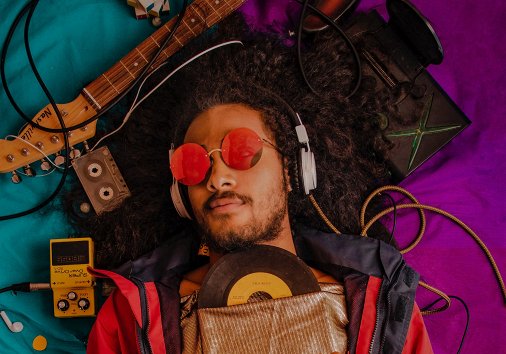Rain Photography Tips
Rainy weather is the best occasion to grab your cam, pop out of home and take splendid photos. But before rushing to a new unexplored field, consider several points.

Tips for easy shooting in the rain
Art of rainy day photoshoot includes three major points: camera settings, creative ideas and peculiarities, protection gear.
Let’s have a closer look at them.
Camera settings
First things first, you’ll need a professional SLR cam, a smartphone is not “smart” enough. Then change your tool from an auto to a manual mode and try to “catch” the needed parameters:
- Aperture is a setting that indicates the amount of light getting into the camera. It may seem that for photography in the rain you’ll need all the light available, but a large aperture provokes a bokeh effect, so the frame may be out of focus. Start with f/8 and then decide if you’ll need to increase or decrease it.
- Shutter speed means how long a film or a sensor is open for a light. To get sharp and distinct images of drops, for example, you need to set a fast shutter speed, 1/500 or higher.
- ISO means your camera’s light sensitivity. Under bad weather conditions it should be high enough to catch an image, but low enough not to make it grainy. Find a happy medium!
- Set flash and focus to the manual mode. Especially the latter — otherwise the cam will focus on whatever but what you really need because of multiple minor objects (raindrops) in the frame.
How to take photos in the rain: ideas and tips
Rainy weather is a golconda of creative ideas.
- Use additional lighting when shooting in rain as the natural one is likely to be poor, especially if you shoot in the evening. Avail from all available sources of light and don’t forget about reflectors! You may also backlit the drops to make them show up against a dark background.
- Make umbrellas a part of your frame. It may be an accessory for an unusual wedding shooting, or, if held by a photographer, act as an additional camera protection and even a filter — a transparent plastic umbrella will make images hazy, romantic and mysterious.
- If you don’t manage to keep your lens dry — don’t worry (as far as it is safe and the moisture doesn’t get in the apparatus)! Make the drops a part of the composition and, again, an original filter. This style also adds some “mood” to the photos and makes them melancholic and meditative.
- Avail of post-raining scenes. Reflection of scarlet and rusty autumn leaves in still puddles looks spectacular. When the rain is over you can shoot without a risk of catching a cold or damaging your cam. And you can even be lucky enough to spot a rainbow!
- Last but not least — try black and white or other filters. Even the most artistic frame may become even deeper and more significant, being turned into sepia or monochrome.





Gear protection
One of the most important things while rain-shooting — not to let the precious technique break down because of the moisture. You can buy a special waterproof case, but if you don’t have any, even a plastic bag may come in handy.
Try also shooting from a car or find a relatively dry place under a marquee.



